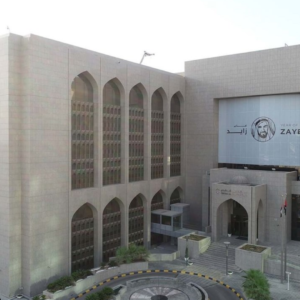Recently, NASA released satellite images capturing the widespread flooding that occurred in the United Arab Emirates (UAE) in the aftermath of heavy rainfall. These images provide a stark visual representation of the extent of the natural disaster and its impact on the affected areas.
The UAE, known for its arid climate and limited rainfall, experienced unusually heavy rains, leading to flooding in various parts of the country. The satellite images shared by NASA offer valuable insights into the magnitude of the flooding, highlighting the areas submerged under water and the extent of the damage caused.
Flooding poses significant challenges to both urban and rural communities, disrupting normal life, damaging infrastructure, and posing risks to public safety. In urban areas, flooded streets and neighborhoods can impede transportation and commerce, while also increasing the risk of waterborne diseases and accidents. In rural areas, flooding can devastate agricultural land, destroying crops and livestock, and jeopardizing food security.
The images shared by NASA serve as a crucial tool for disaster management and response efforts. By providing a comprehensive view of the affected areas from space, authorities and relief organizations can better assess the scale of the disaster and allocate resources accordingly. This includes deploying emergency personnel, distributing aid to affected communities, and implementing measures to mitigate further damage.
Moreover, satellite imagery allows for the monitoring of floodwaters over time, enabling authorities to track the progression of the disaster and identify areas at greatest risk of continued flooding or potential secondary hazards, such as landslides or water contamination.
In addition to its immediate impact, flooding in the UAE also underscores the broader issue of climate change and its influence on extreme weather events. While the UAE is typically characterized by its desert climate, climate change has been linked to an increase in the frequency and intensity of extreme weather phenomena, including heavy rainfall and flooding, in many parts of the world.
As such, events like the recent flooding in the UAE serve as a reminder of the urgent need for climate resilience and adaptation measures. This includes investment in infrastructure designed to withstand extreme weather events, improved urban planning to reduce vulnerability to flooding, and concerted efforts to mitigate greenhouse gas emissions and address the underlying drivers of climate change. By taking proactive steps to address these challenges, communities can better prepare for and respond to future disasters.









